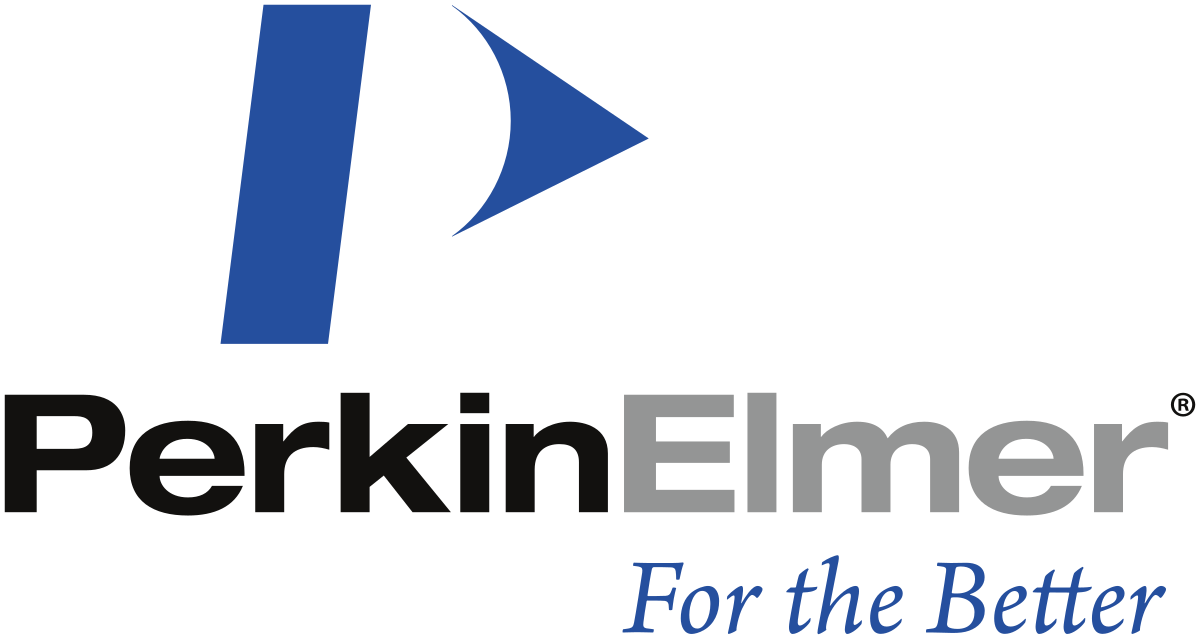

Per- and polyfluoroalkyl substances (PFAS) have recently gained significant attention as an emerging threat. As a result, the EPA has developed a regulatory strategy to address PFAS contamination in drinking water. To keep up with regulatory requirements, there are analytical challenges that require highly sensitive mass spectrometers or sample preparation techniques, such as solid phase extraction coupled with LC/MS/MS, as implemented in EPA Method 537.1 and 533.
In this whitepaper, discover key insights into United States regulatory requirements and the latest analytical innovations to optimize PFAS analysis, as required by the Environmental Protection Agency (EPA) Methods 533 and 537.1 as well as emerging methods in non-potable water matrices such as Method 1633.
- Uncover the latest EPA regulatory requirements for PFAS analysis in drinking water
- Discover an innovative method for optimizing PFAS analysis
- Maximize uptime with low maintenance LC/MS/MS instrumetnation

Copyright © 2025 American Chemical Society | 1155 Sixteenth Street NW | Washington, DC 20036 | View our Privacy Policy